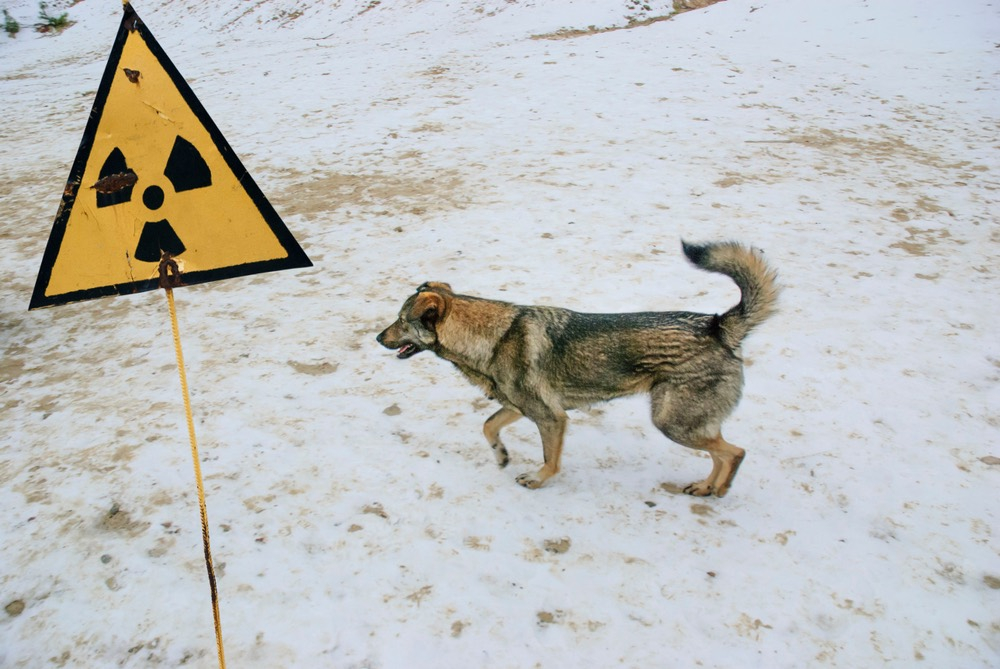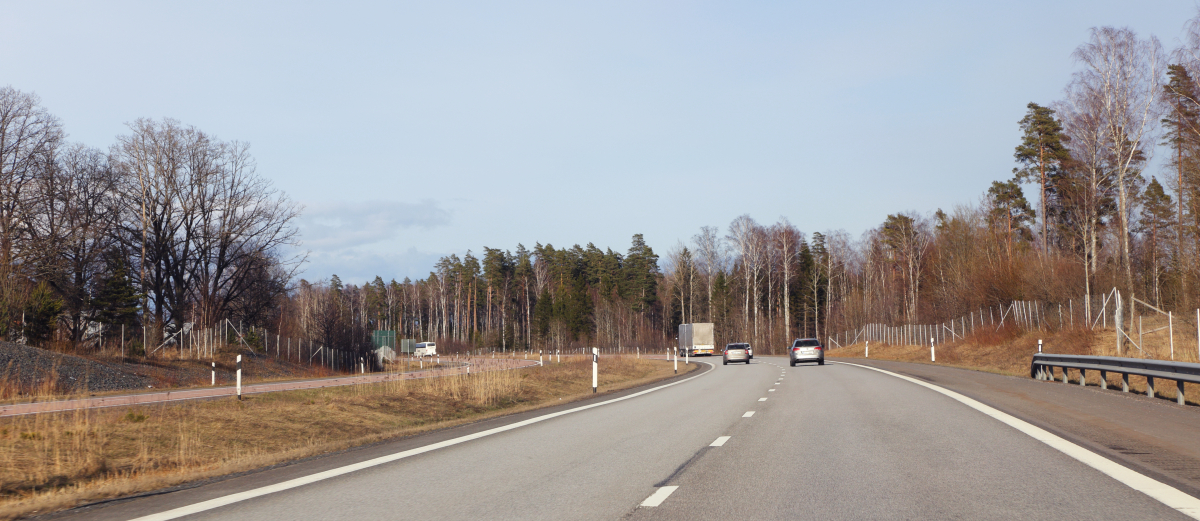What the Chernobyl dogs can tell us about life on Mars
In the HBO miniseries “Chernobyl”, the filmmakers once again brought the consequences of the Chernobyl nuclear disaster before the audience’s eyes. Here the viewers learned, for example, that the residents of the nearby city of Pripyat had to leave their pets, such as their dogs, behind during the evacuation.
The dogs that were not killed continued to live in what is now the ghost town of Pripyat and in the wilderness of the Exclusion Zone. Over the past almost 40 years, they have developed into a strong breed of dog, some of which are said to have also mated with wolves should have.
Editor’s Recommendations
Due to their survival in the still radioactive Chernobyl exclusion zone, the dogs are now the subject of research into the radiation exposure of possible future Mars missions.
Specifically, the researchers examined around 300 dogs from three populations, as published in the journal Science Advances study is called. The dogs examined lived in the years 2017 to 2019 in the immediate vicinity of the nuclear power plant, or 15 to 45 kilometers away.
In this study, the researchers were primarily concerned with using genetic analyzes to determine whether the dog populations had actually spent the past 37 years in the closed area. This should clarify how long the dogs were exposed to the radiation, including across generations.
The dogs studied turned out to be more local and isolated. Therefore, they are now suitable for the planned further studies in which the changes due to permanent radiation over 15 generations are to be examined, such as inverse.com reported.
Dogs, according to University of South Carolina evolutionary geneticist Timothy Mousseau, who collaborated on the study, would be good for deriving human investigations. “They get many of the same diseases and cancers that we get,” Mousseau said.
Because the challenge for future longer space trips, such as missions to Mars and settlements on the moon or Mars, is the high radiation exposure. In the summer of 2022, a study came to the conclusion that the radiation exposure for a trip to Mars and a one-year stay there would be far too high for astronauts – despite extensive shielding measures.
What complicates research into possible health hazards from radiation is that radiation in space is not as easy to simulate on Earth. The Chernobyl exclusion zone is quite similar to conditions in space.
The next step for researchers led by Mousseau is to look at the effects of radiation on the dogs’ genes. The DNA samples taken are also used for this purpose. Last but not least, it is interesting to what extent an adaptation to radioactive radiation can be determined, according to Mousseau.
What astronauts take with them into space
In the long term, the scientist could also imagine further research into the effects of radiation in the vicinity of Chernobyl. One idea is to set up a laboratory right inside the protective shell for the destroyed reactor. However, plants and cell cultures are to be bred and examined there instead of animals.



